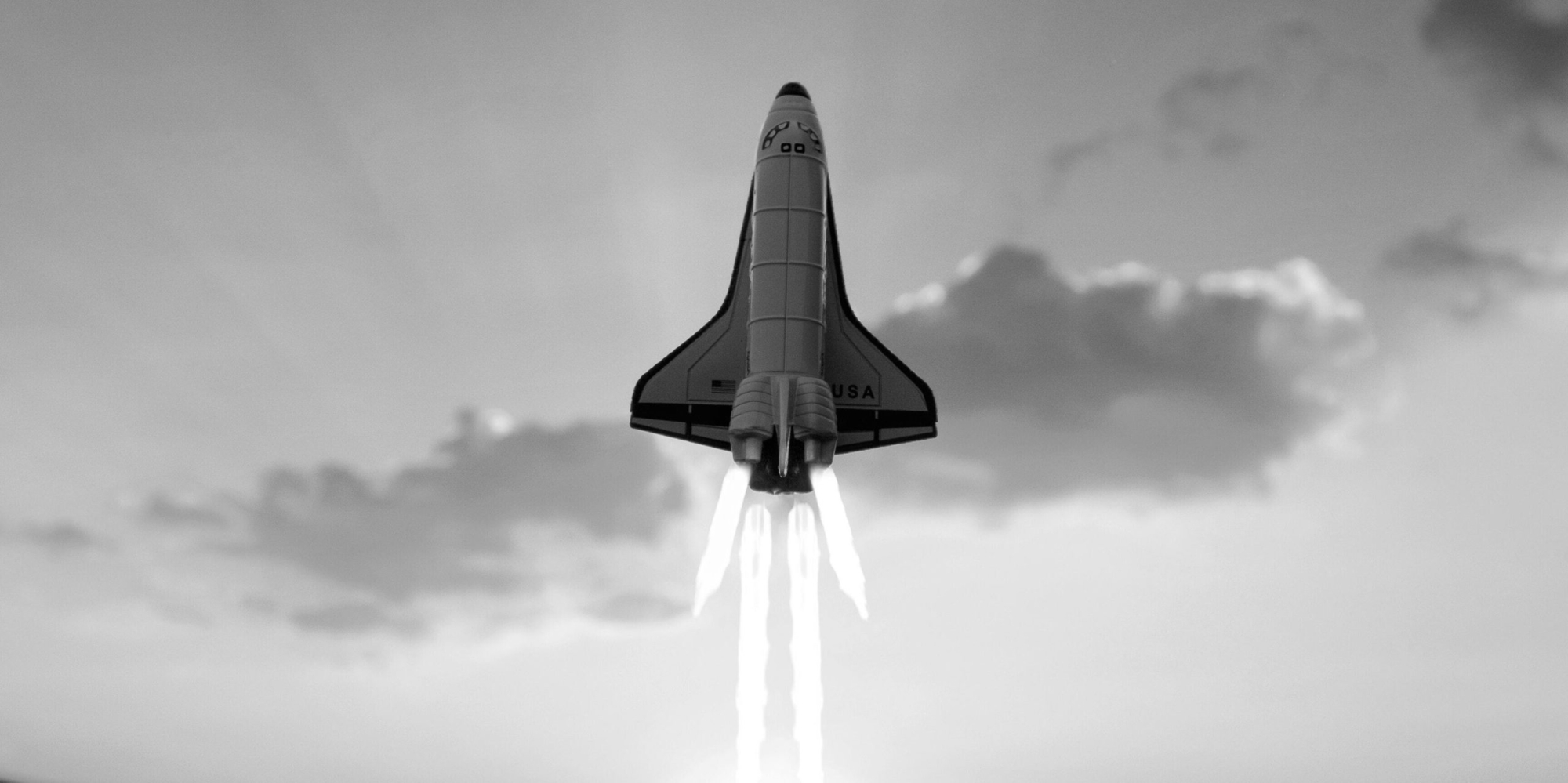
Fuel & Friction
In the 1920s, Edward Bernays—known as the father of public relations (mythical figure to some, infamous to others)—was given a mandate by the American Tobacco Company (ATC): Promote the sale of cigarettes to women.
At the time, smoking was an activity reserved for men. Women were an untapped audience that had incredible return potential.
In his original briefing, the president of ATC presented Bernays with a convincing argument: To change this trend and behaviour, they had to invest massively in marketing and hammer home that smoking kept women thin. During this period, the stereotype of women needing to look thin was still in its infancy. Which meant presenting cigarettes as a solution wasn’t terribly far-fetched.
Before going ahead with ATC’s recommendation, Bernays—in all his Machiavellian genius—asked himself a question: What would a world where women smoked look like?
Bernays concluded that it was better to replace a current habit than try to instill a new one. With ATC’s marketing budget in place, he decided to target sugar. Since eating sugar made people gain weight, the way to obtain the perfect silhouette was to cut out dessert. What follows dinner should not be a piece of cake but, rather, a cigarette.
He went even further by soliciting doctors and journalists to help demonstrate and promote the benefits of being a thin woman. He encouraged restaurants to offer cigarettes on their dessert menus. He convinced kitchen cabinet designers to add ashtrays to their furniture.
Smoking quickly became a sign of women’s empowerment. Bernays not only encouraged smoking without ever really promoting cigarettes, he also instilled it so deeply into consumption habits that, even decades later, we are still dealing with the repercussions of his campaign.
Diminish resistance
We can discuss the ethics of this case study at length, but nonetheless it enables us to clearly demonstrate how removing a friction can be a whole lot more efficient than adding power.
In economics as well as psychology, the idea of “Fuel & Friction” was borrowed from physics to indicate that an economic index or individual will keep the status quo (faced with a movement or behaviour), so long as they are not slowed or propelled by a force. This analogy works equally well in marketing, as well as many other aspects of an organization.
Bernays could well have used ATC’s big budget to create an ad campaign that promoted smoking as a way to stay thin. He could have added fuel until the rocket left earth’s gravity without ever skimping on costs. Instead, he took another approach. How do we diminish resistance to American women adopting the cigarette? By changing consumption habits! If being a thin woman is the new standard and dessert has become public enemy #1, then cigarettes will sell themselves. Suddenly gravity isn’t as strong, the rocket can launch into the atmosphere that much easier, and the cost savings isn’t insignificant.
The old couch
In his book on the subject, The Human Element, psychologist Loran Nordgren provides a concrete example to illustrate this phenomenon. A couch maker who has tested their product with their target audience, and is sure it fills a need, finds themselves unable to sell their merchandise. Something had gone wrong. Potential clients who were excited just a few weeks ago just weren’t buying. The company upped its marketing budget, but to no avail. Finally, in a follow-up study with the target market, the company learned that the effort needed for people to get rid of their old couches was stalling their decision to buy a new one. That’s when the company started offering to pick up and dispose of customers’ old couches when delivering their new one. This proved the winning solution. How? By reducing the friction caused by an old couch.
A simple question
In your day-to-day life, you are presented with both these avenues whenever you are faced with a decision that will affect the status quo of your organization. By putting change in motion, you’re moving things—and there’s always resistance to change. So take a moment to ask yourself: Is there a path of less resistance? Can I optimize this decision to minimize friction? The right answer (and the least frustrating) very often follows.




















